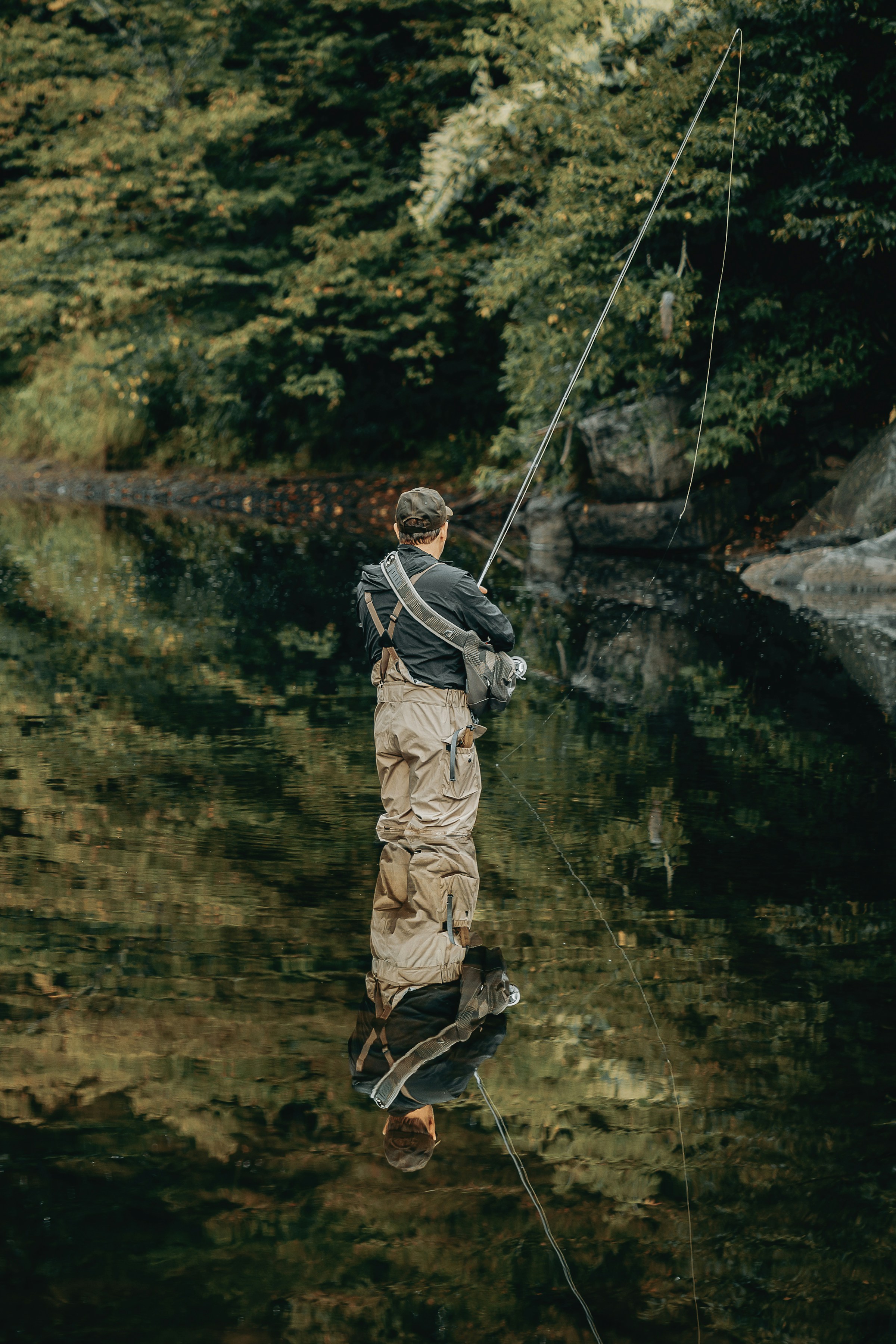Why Understanding the River Matters More Than Your Fly Box
When most new anglers gear up for a day on the water, the conversation usually starts with flies. Which hatch is on? What color works best? Size 14 or size 18? And while that matters, here's a little insider secret: none of it matters if you're fishing the wrong water.
The truth is, trout don't live everywhere in the river. They hold in very specific spots—often just a few feet from where most people cast. Learning to read the water is the single best skill you can develop to catch more fish.
1. Know the Three Trout Zones
Every river has three key feeding and holding areas:
- • Riffles – Shallow, choppy water where oxygen levels are high. Perfect for active feeding, especially in warmer months.
- • Runs – Smooth, moderate current between riffles and pools. Often prime feeding lanes where trout wait for food to drift by.
- • Pools – Deeper, slower sections where trout rest and conserve energy, especially in cold or very hot conditions.
If you can identify these zones, you'll spend far less time fishing empty water.
2. Watch the Current Lines
The river's surface tells a story. Those subtle lines on the water mark changes in current speed, depth, and structure. Trout often sit right where fast and slow water meet, letting the current deliver food right to them. Cast just upstream of those seams, and let your fly drift naturally into the strike zone.
3. Pay Attention to the Season
In spring and fall, trout might be aggressive in riffles. Come summer, they'll often slide into deeper, cooler runs or under shaded banks. Winter? They conserve energy in slow, deep pools. Adjust where you fish based on the calendar, not just the hatch chart.
4. Make the First Cast Count
The first cast into a prime spot has the highest chance of success. Approach quietly, avoid sending ripples, and place that fly with purpose. If you stomp up to the water and slap the line down, you might as well be announcing your arrival with a megaphone.
5. Quick Fixes for Common Mistakes
- • Stop casting at fish—cast above them and let the drift do the work.
- • Avoid false casting too much over the same water; trout notice.
- • If you're not catching fish, change location before you change flies.
The Bottom Line
Your fly box might be a work of art, but the river is the real puzzle. Learn to read its clues, and you'll unlock more fish than any single pattern ever could. And when you combine water-reading skills with the right gear, you'll be unstoppable—unless, of course, your fishing partner decides it's the perfect time for a midstream splash.
Recommended Image for the End
- • Type: Wide, scenic river shot showing distinct riffles, runs, and pools in one frame.
- • Perspective: Slightly elevated angle so the water's texture and current lines are visible.
- • Tone: Natural, not overly edited—muted colors or soft sunlight to keep it authentic.
- • Bonus: If possible, include an angler mid-cast into a seam for visual context.
